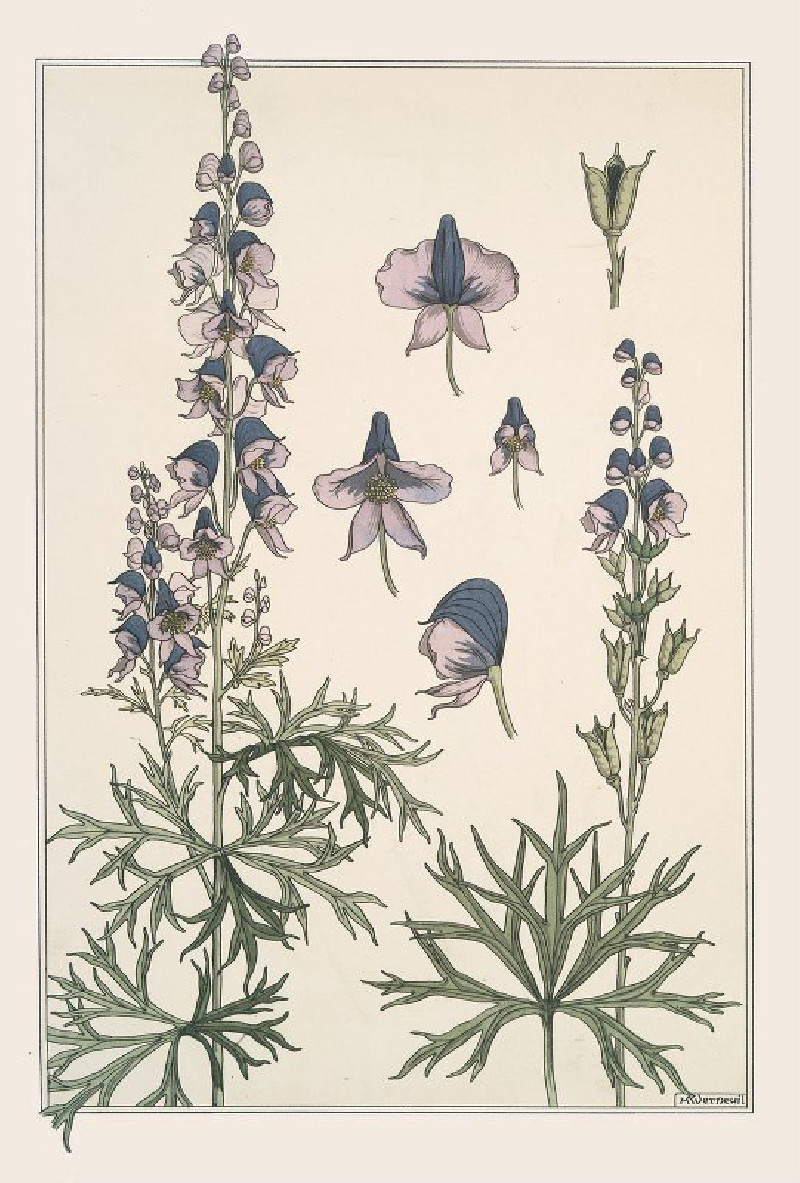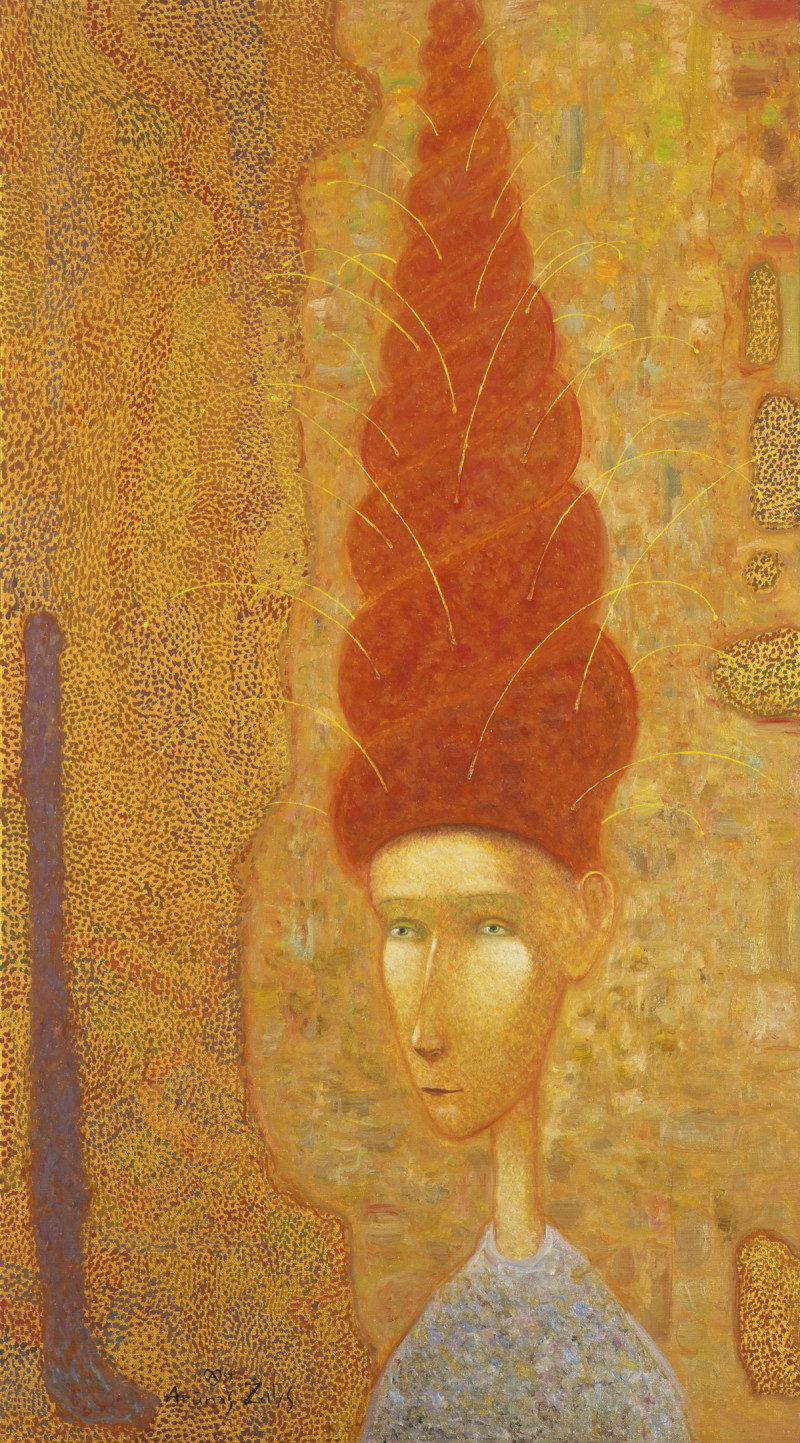Bouton d’or 2 (1896)
Technique: Giclée quality print
Recommended by our customers
More about this artwork
Titled "Bouton d’or 2", this enchanting painting from 1896 by Maurice Pillard Verneuil is a splendid representation of Art Nouveau, which flourished at the turn of the 20th century. The artwork is segmented into distinct, beautifully composed panels, each showcasing Verneuil's intricate and organic design style.The larger panel on the left features a delicate array of buttercup flowers intertwined with lush foliage, all set against a soft, neutral background. The attention to detail in the depiction of each petal and leaf highlights Verneuil's skill in capturing the essence of nature through art. The use of subtle shades enhances the gentle and soothing vibe of the composition.A bold, diagonal band cuts through the painting, introducing a dynamic contrast with its deeper, earthy greens and vibrant floral motifs. This striking element not only divides the space but also adds a layer of depth and complexity to the visual narrative of the artwork.In the smaller right section, Verneuil presents a more structured arrangement, where towering buttercup stems line up against a muted backdrop, creating a rhythmic and harmonious pattern. This compartmentalized portrayal contrasts with the naturalistic style of the larger panel, yet it complements the overall aesthetic with its elegance and symmetry."Bouton d’or 2" is a testament to Maurice Pillard Verneuil's mastery over the Art Nouveau style, characterized by its flowing lines, natural forms, and a harmonious blend of color and texture.
Delivery
Returns
Maurice Pillard Verneuil was a French artist and decorator in the Art nouveau movement. He was born in Saint-Quentin, France. Maurice Pillard Verneuil learned his trade from the Swiss designer Eugène Grasset. Maurice Pillard Verneuil then went on to become a well-known artist and designer. He was inspired by Japanese art and nature, particularly the sea. He is known for his contribution to the art deco movement and, in particular, his use of bold, floral designs in ceramic tiles, wallpapers and other furnishing textiles.














































